Home>Garden Essentials>Where Does Cumin Seed Come From
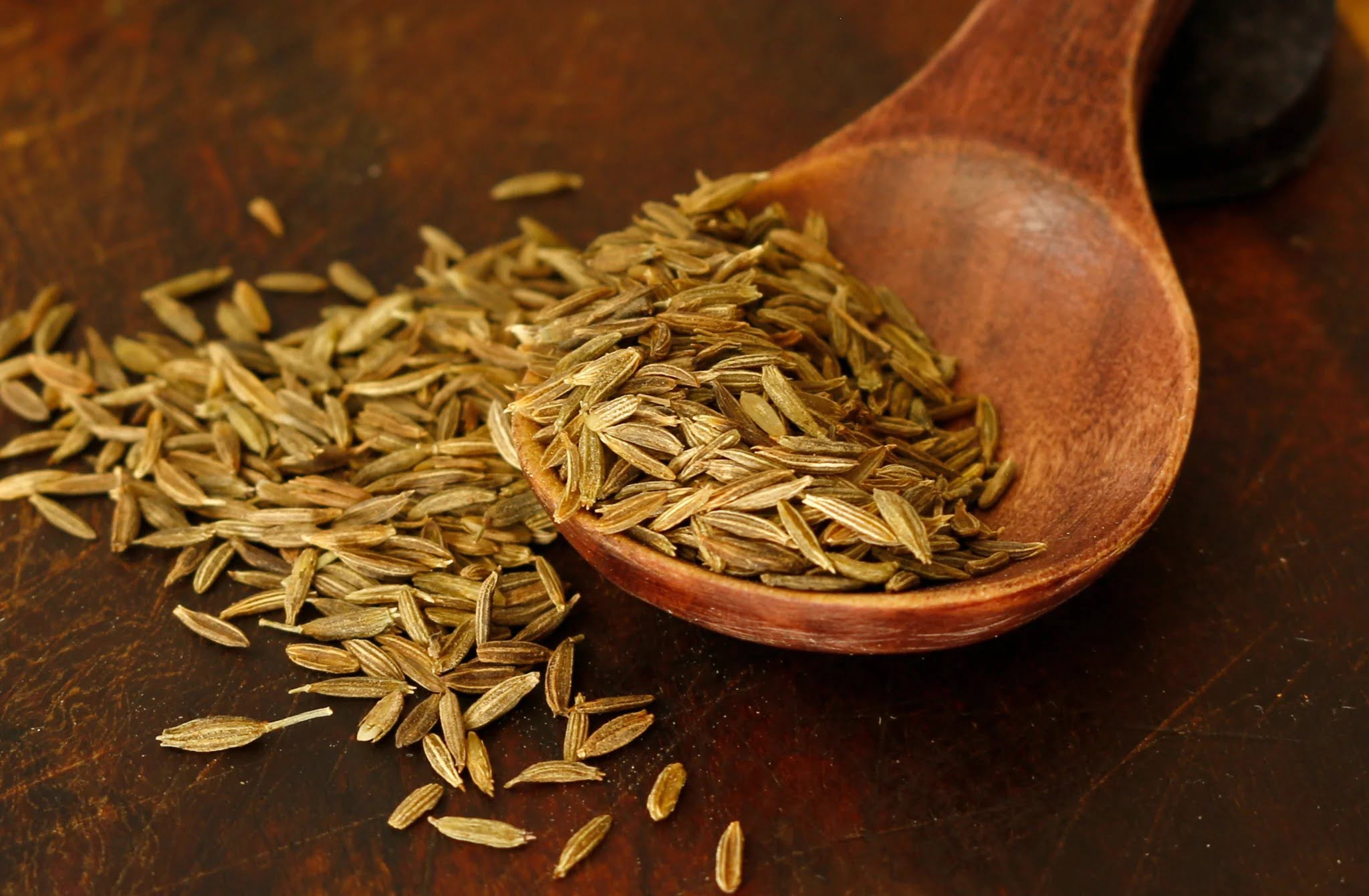

Garden Essentials
Where Does Cumin Seed Come From
Modified: March 16, 2024
Cumin seeds, a popular spice used in cooking, come from the cumin plant, which can be grown in your garden. Learn all about how to grow and harvest cumin seeds.
(Many of the links in this article redirect to a specific reviewed product. Your purchase of these products through affiliate links helps to generate commission for Storables.com, at no extra cost. Learn more)
Introduction
Welcome to the fascinating world of cumin seed! This versatile spice has a long and storied history, and its distinctive flavor and aroma have made it a staple in cuisines around the globe. In this article, we will explore the origins of cumin seed, its cultivation process, culinary uses, health benefits, and more.
Cumin seed, scientifically known as Cuminum cyminum, is an herbaceous plant that belongs to the Apiaceae family. It is native to the eastern Mediterranean and Upper Egypt regions, where it has been cultivated and used for thousands of years. The spice is derived from the plant’s dried seeds, which are widely used for both culinary and medicinal purposes.
Throughout history, cumin seed has played a vital role in various cultures and cuisines. It was mentioned in ancient Egyptian texts and was highly valued by the Greeks and Romans. Arab traders introduced it to India, where it became an integral part of traditional Ayurvedic medicine and Indian cooking.
In terms of flavor, cumin seed boasts a warm, earthy, and slightly nutty taste with a distinct peppery kick. Its aroma is robust and aromatic, adding depth and complexity to dishes. This unique flavor profile makes cumin seed a sought-after ingredient in countless recipes, from spice blends and curries to soups, stews, and beyond.
Today, cumin seed is cultivated in various parts of the world, including India, Iran, Turkey, China, and Mexico. Its popularity has spread far and wide, and it is now an essential component of many global culinary traditions.
Not only is cumin seed revered for its flavor, but it also possesses a range of health benefits. It is known to have antioxidant, anti-inflammatory, and digestive properties. Cumin seed is rich in essential nutrients like iron, calcium, magnesium, and vitamins A, C, and E, which contribute to its therapeutic effects.
Whether you are a fan of Indian cuisine, a lover of Middle Eastern flavors, or simply curious about expanding your culinary horizons, cumin seed is a spice worth exploring. In the following sections, we will delve deeper into the fascinating history, cultivation, culinary uses, health benefits, and popular cuisines that utilize cumin seed. Get ready to embark on a flavorful journey!
Key Takeaways:
- Cumin seed, with its warm and earthy flavor, has a rich history dating back to ancient civilizations. It’s a versatile spice used in cuisines worldwide and offers health benefits like aiding digestion and reducing inflammation.
- Cultivated in dry climates, cumin seed requires careful attention during its growth stages. From sowing to harvesting and processing, the spice’s journey from the field to your kitchen is a fascinating and essential part of its flavorful presence in global cuisines.
Read more: Where Does Poppy Seed Come From
History of Cumin Seed
The history of cumin seed dates back thousands of years, with its origins rooted in the ancient civilizations of Egypt and the Mediterranean region. Cumin seed has been valued for both its culinary and medicinal properties, making it a sought-after spice throughout history.
One of the earliest records of cumin seed can be found in ancient Egyptian texts, where it was mentioned as a spice used in cooking and rituals. The Egyptians believed that cumin seed held powerful properties and used it as a symbol of love and fidelity. It was even found in the tomb of Tutankhamun, a testament to its significance in Egyptian culture.
During the time of the Roman Empire, cumin seed gained popularity and was used extensively in Roman cuisine. It was considered a symbol of love and abundance and was often used in wedding ceremonies and feast preparations. The Romans appreciated the unique flavor and aroma of cumin seed, and it was commonly used to season bread, stews, and sauces.
With the expansion of trade routes, cumin seed found its way into the hands of Arab traders who introduced it to the Indian subcontinent. In India, cumin seed quickly became an integral part of the local cuisine and Ayurvedic medicine. It was valued not only for its flavor but also for its medicinal properties, believed to aid digestion, improve respiratory health, and boost immunity.
During the Middle Ages, cumin seed continued to be highly prized and was considered a luxury item in Europe. It was used in a variety of dishes, including soups, sausages, and pickles. In fact, it was so in demand that it was often used as a form of currency for trade and payment of rent.
Today, cumin seed is cultivated in many regions of the world, with India being the largest producer. It is widely used in cuisines all over the globe, from the aromatic curries of India to the savory chili powders of Mexico. Its distinct flavor and aroma have made it an essential ingredient in spice blends, such as garam masala, curry powder, and chili powder.
The fascinating history of cumin seed is a testament to its enduring popularity and versatility in the culinary world. Whether you’re cooking up a traditional Indian curry, a flavorful Middle Eastern dish, or exploring new recipes, cumin seed’s rich history adds a touch of heritage to every dish it graces.
Cultivation of Cumin Seed
Cumin seed is primarily cultivated in regions with a dry climate and well-drained soil. Let’s take a closer look at the cultivation process and the conditions required to grow this aromatic spice.
1. Climate and Soil:
Cumin seed thrives in semi-arid to arid climates with hot summers and mild winters. It requires a long growing season with plenty of sunlight. The ideal temperature range for cumin seed cultivation is between 20 to 30 degrees Celsius (68 to 86 degrees Fahrenheit).
The soil should be well-drained and rich in organic matter. Cumin seed prefers sandy loam or clay loam soils but can tolerate a range of soil types as long as they are not waterlogged. Good soil fertility and proper drainage are crucial for the healthy growth of cumin plants.
2. Sowing:
Cumin seeds are sown directly into the ground. The optimal time for sowing depends on the local climate and varies from region to region. In general, sowing is done in the spring when the soil has warmed up sufficiently.
Before sowing, the soil is prepared by plowing and harrowing to create a fine and weed-free seedbed. Cumin seeds are then sown at a shallow depth of around 1 to 2 centimeters (approximately 0.4 to 0.8 inches) and spaced about 10 to 15 centimeters (4 to 6 inches) apart.
3. Irrigation:
Cumin seed is a drought-tolerant crop but requires careful irrigation during its growth stages. Adequate moisture is crucial during germination and flowering. The frequency and amount of irrigation depend on factors such as soil moisture content, rainfall, and temperature.
Overwatering should be avoided to prevent waterlogging and root rot. Irrigation is usually reduced or stopped during the ripening stage to promote seed drying and prevent fungal diseases.
4. Weed Control:
Weed control is important to ensure the healthy growth and development of cumin plants. Weed competition can reduce yields and quality. Mechanical methods such as manual weeding and cultivation can be used to control weeds in the early stages.
It is also common to use pre-emergence herbicides to prevent weed growth before the cumin plants emerge. However, it is crucial to choose herbicides that are safe for cumin and follow recommended application rates.
5. Harvesting:
The time of harvest is determined by the maturity of the cumin seeds. The seeds are ready for harvest when the plant turns yellowish-brown and the seeds inside the fruit turn from green to brown.
Harvesting is typically done manually by uprooting the whole plant and allowing it to dry in the field for a few days. Once dried, the plants are threshed to separate the seeds or fruits from the rest of the plant material.
6. Processing:
After harvesting, the cumin seeds undergo a process of cleaning and drying to remove impurities and reduce moisture content. The seeds are then stored in a cool and dry place to maintain their quality and flavor.
The cultivation of cumin seed requires proper knowledge, care, and attention to ensure a successful harvest. With the right environmental conditions and cultivation practices, farmers can produce high-quality cumin seeds that are valued for their aromatic flavor and numerous culinary applications.
Harvesting and Processing
Harvesting and processing are crucial steps in the production of cumin seed. Let’s explore the techniques involved in harvesting the mature seeds and the subsequent processing to ensure the highest quality spice.
1. Harvesting:
Cumin seed is typically harvested when the plants have reached maturity. This is determined by observing the color change of the plants and the seeds inside the fruit. The plants turn yellowish-brown, and the seeds transition from green to brown. Harvesting at the right time ensures optimal flavor and aroma.
Harvesting is often done manually by uprooting the whole cumin plant. It is important to handle the plants carefully to avoid damage to the seeds.
2. Drying:
After harvesting, the cumin plants are left to dry in the field. The drying process helps reduce moisture content and prevents the growth of mold or fungi. Proper drying is essential to maintain the quality and flavor of the cumin seeds.
The plants are typically spread out on large mats or racks in a well-ventilated area to allow air circulation. They are turned regularly to ensure even drying. The drying process can take several days, depending on the weather conditions and humidity levels.
3. Threshing:
Once the plants are completely dried, the next step is threshing. Threshing is the process of separating the cumin seeds from the rest of the plant material. Traditionally, this was done by beating the dried plants with a stick to loosen the seeds.
Modern methods of threshing involve the use of threshing machines or mechanical equipment. These machines separate the seeds from the plants through a combination of agitation and vibration.
4. Cleaning:
After threshing, the cumin seeds are still mixed with impurities such as dirt, leaves, or broken plant fragments. Cleaning is done to remove these unwanted materials and obtain pure cumin seeds.
Mechanical cleaning methods, such as sieving or air blowing, are commonly used to separate the seeds from the impurities. The seeds go through a series of screens to remove larger debris, and air blowers help remove lighter materials.
5. Packaging and Storage:
Once the cumin seeds are cleaned and free from impurities, they are ready for packaging and storage. Proper packaging is essential to protect the seeds from moisture, sunlight, and air, which can degrade their flavor and quality.
Typically, cumin seeds are packaged in airtight containers, such as glass jars or food-grade plastic bags. These containers help maintain the freshness, aroma, and flavor of the seeds.
Storage conditions play a vital role in preserving the quality of cumin seeds. They should be stored in a cool, dry place away from direct sunlight. Proper storage can help extend the shelf life of cumin seeds and ensure they remain flavorful and aromatic for an extended period.
Harvesting and processing cumin seeds require skill and attention to detail. Adhering to proper harvesting and processing techniques is essential in producing high-quality cumin seeds that can be enjoyed for their distinct flavor and aroma in a variety of culinary delights.
Cumin seeds come from the Cuminum cyminum plant, which is native to the eastern Mediterranean region and South Asia. The seeds are harvested from the plant’s fruit and are commonly used as a spice in cooking.
Culinary Uses of Cumin Seed
Cumin seed is a versatile spice that adds a unique and aromatic flavor to a wide range of dishes. Its warm and earthy taste, with a hint of peppery undertones, makes it a popular ingredient in many cuisines around the world. Let’s explore the various culinary uses of cumin seed.
1. Spice Blends:
Cumin seed is a key component in numerous spice blends, adding depth and complexity to the overall flavor profile. It is a primary ingredient in popular spice blends such as garam masala, curry powder, and chili powder. These blends are used in Indian, Middle Eastern, and Mexican cuisine, respectively.
2. Curries and Stews:
Cumin seed is a staple in curries and stews, providing a warm and fragrant base to these dishes. It pairs well with other spices like turmeric, coriander, and cinnamon. Cumin seed is often used in Indian curries, Moroccan tagines, and Mexican mole sauces.
3. Rice and Grain Dishes:
Cumin seed adds a delightful flavor to rice and grain dishes. It can be added to pilafs, biryanis, and couscous, infusing the grains with a delicious aroma. Cumin-flavored rice is a popular accompaniment to Indian and Middle Eastern meals.
4. Roasted and Grilled Meats:
The deep and smoky undertones of cumin seed make it a fantastic seasoning for roasted and grilled meats. It pairs exceptionally well with lamb, beef, and chicken. Cumin seed can be used in marinades or dry rubs, adding a rich and savory flavor.
5. Soups and Stews:
Cumin seed is a fantastic addition to soups and stews, enhancing the overall flavor profile. It adds an earthy depth to lentil soups, bean stews, and vegetable broths. Cumin seed is a key ingredient in the classic Mexican soup, pozole.
6. Breads and Baked Goods:
Cumin seed can be incorporated into bread and baked goods, imparting a unique flavor. It is commonly used in Indian naan bread, Mexican cornbread, and Middle Eastern flatbreads. Just a sprinkle of cumin seed on top adds a delightful crunch and aroma.
7. Pickles and Chutneys:
Cumin seed is a popular ingredient in pickles and chutneys, adding tangy and aromatic notes. It complements the flavors of pickled vegetables, fruits, and relishes. Cumin seed can be ground and mixed with other spices for a flavorful chutney dip.
8. Beverages and Infusions:
Infusing cumin seed in beverages adds an interesting twist to drinks. It can be used to make cumin-infused water, teas, or spice-infused cocktails. Cumin seed adds a refreshing and aromatic element to these beverages.
The culinary uses of cumin seed are vast and varied, showcasing its versatility and ability to enhance the overall flavor of dishes. Whether it’s adding depth to a curry, a fragrant note to rice, or a smoky touch to roasted meats, cumin seed is a must-have spice in any well-stocked kitchen.
Read more: Where Does Nyjer Seed Come From
Medicinal Properties and Health Benefits
Aside from its culinary uses, cumin seed is renowned for its medicinal properties and has been used in traditional medicine for centuries. Let’s explore some of the health benefits associated with cumin seed consumption.
1. Digestive Aid:
Cumin seed is known for its digestive properties, helping to alleviate indigestion, bloating, and flatulence. It stimulates the production of digestive enzymes, promoting proper digestion and reducing discomfort.
2. Anti-inflammatory Effects:
Cumin seed contains compounds with anti-inflammatory properties, such as cuminaldehyde and cuminic acid. These compounds help reduce inflammation in the body, which can contribute to conditions such as arthritis, asthma, and inflammatory bowel diseases.
3. Rich in Antioxidants:
Antioxidants play a crucial role in neutralizing harmful free radicals in the body, protecting cells from damage and reducing the risk of chronic diseases. Cumin seed is rich in antioxidants, including phenolic compounds, flavonoids, and carotenoids.
4. Immune-Boosting Abilities:
Cumin seed contains essential vitamins and minerals that support a healthy immune system, including vitamin C, vitamin A, and iron. These nutrients help strengthen the immune response and enhance overall immune function.
5. Respiratory Health:
Cumin seed has long been used to alleviate respiratory ailments. It acts as an expectorant, helping to loosen mucus and phlegm in the airways, making it easier to expel. This makes cumin seed beneficial for individuals with coughs, bronchitis, and asthma.
6. Blood Sugar Regulation:
Cumin seed may help regulate blood sugar levels. Studies have shown that cumin seed consumption can improve insulin sensitivity and help manage blood glucose levels. This can be particularly beneficial for individuals with diabetes or those at risk of developing the condition.
7. Digestive Tract Health:
Cumin seed may support a healthy digestive tract. It has antimicrobial properties that can help inhibit the growth of harmful bacteria, such as Escherichia coli and Salmonella. Additionally, cumin seed may aid in maintaining a healthy balance of gut bacteria.
8. Nutritional Benefits:
Cumin seed is rich in essential nutrients like iron, calcium, magnesium, and vitamins A, C, and E. These nutrients contribute to overall health and well-being, supporting various bodily functions and promoting optimal health.
While cumin seed offers numerous health benefits, it is important to note that it should not be used as a substitute for medical treatment. If you have any health concerns, it is always best to consult with a healthcare professional.
Incorporating cumin seed into your diet can be an excellent way to enhance both the flavor and health benefits of your meals. Whether you sprinkle it into your curry, add it to your rice dishes, or simply use it as a flavorful spice, cumin seed is an excellent addition to a balanced and nutritious diet.
Popular Cuisines Utilizing Cumin Seed
Cumin seed is a key ingredient in many cuisines around the world, adding its distinct flavor and aroma to a variety of dishes. Let’s explore some of the popular cuisines that feature cumin seed as a prominent spice.
1. Indian Cuisine:
Cumin seed holds a special place in Indian cuisine, where it is commonly used in curries, spice blends, and vegetable dishes. It is a fundamental spice in dishes like biryani, garam masala, and various lentil-based preparations. Cumin seed provides a warm and earthy flavor that is characteristic of many Indian dishes.
2. Mexican Cuisine:
In Mexican cuisine, cumin seed is an essential spice in dishes like tacos, enchiladas, and salsas. It adds an earthy and smoky flavor that complements the robust flavors of chili peppers and other traditional Mexican spices. Cumin seed is also a key component in Mexican spice blends, such as chili powder and adobo seasoning.
3. Middle Eastern Cuisine:
Cumin seed is widely used in Middle Eastern cuisine, adding its distinctive taste to dishes like hummus, falafel, and kebabs. It pairs well with other spices like coriander, cinnamon, and sumac, creating a flavorful and aromatic blend. Cumin-infused oils and sauces are also popular in Middle Eastern cooking.
4. North African Cuisine:
In North African cuisine, cumin seed plays a vital role in dishes such as tagines, couscous, and harissa. It contributes to the rich and complex flavors of dishes like Moroccan lamb tagine and Tunisian couscous. Cumin seed adds a warm and fragrant note that elevates the taste of these North African delicacies.
5. Southwestern American Cuisine:
Cumin seed has become a staple in Southwestern American cuisine, particularly in Tex-Mex and New Mexican dishes. It is a key ingredient in chili con carne, Tex-Mex spice blends, and flavorful rubs for grilled meats. Cumin seed enhances the smoky and spicy flavors that are synonymous with Southwestern American cuisine.
6. Mediterranean Cuisine:
Cumin seed is also used in various Mediterranean dishes, adding an earthy and aromatic touch. It can be found in Mediterranean spice blends, as well as dishes like Greek moussaka, Turkish kebabs, and Lebanese hummus. Cumin seed beautifully complements the fresh herbs, olive oil, and citrus flavors that are characteristic of Mediterranean cuisine.
7. Caribbean Cuisine:
In Caribbean cuisine, cumin seed is used in dishes like jerk chicken, curries, and rice and bean preparations. It adds a warm and spicy note to the vibrant flavors of Caribbean cooking. Cumin seed works harmoniously with other Caribbean spices like allspice, thyme, and Scotch bonnet peppers.
These are just a few examples of the many cuisines that utilize cumin seed to enhance the flavor and aroma of their dishes. The versatility of cumin seed makes it a beloved spice in kitchens around the world, enriching recipes with its unique and captivating taste.
Conclusion
Cumin seed is a remarkable spice that has captivated taste buds and enriched cuisines for centuries. Its rich history, versatile culinary uses, and numerous health benefits make it a must-have ingredient in any kitchen.
From the ancient civilizations of Egypt and the Mediterranean to the kitchens of India, Mexico, and beyond, cumin seed has left its flavorful mark on a wide array of dishes. Its warm and earthy taste, coupled with its aromatic aroma, adds depth and complexity to curries, stews, rice dishes, and spice blends.
Not only does cumin seed have a wide range of culinary applications,it also offers various medicinal properties. It aids in digestion, reduces inflammation, boosts the immune system, and supports respiratory health. With its antioxidant content and nutrient profile, cumin seed contributes to overall well-being.
Throughout time, cumin seed has become an integral part of numerous cuisines, adding authenticity and depth to traditional recipes. Whether it is the bold flavors of Indian curries, the vibrant spices of Mexican cuisine, or the aromatic dishes of the Middle East, cumin seed provides a unique and delightful taste experience.
As you explore the world of cumin seed and its culinary versatility, don’t be afraid to experiment and get creative in the kitchen. Add it to your favorite dishes, try new recipes, and discover the unique flavors that cumin seed brings to your culinary creations.
So, whether you’re savoring a fragrant Indian curry, indulging in the vibrant flavors of Mexican cuisine, or preparing a traditional Middle Eastern feast, let cumin seed be your flavor companion. Embrace its rich history, embrace its tantalizing aroma, and let it elevate your culinary journey to new heights.
Get ready to embark on a truly flavorful adventure with cumin seed, and let its warm and earthy flavors transport you to the diverse cuisines of the world.
Frequently Asked Questions about Where Does Cumin Seed Come From
Was this page helpful?
At Storables.com, we guarantee accurate and reliable information. Our content, validated by Expert Board Contributors, is crafted following stringent Editorial Policies. We're committed to providing you with well-researched, expert-backed insights for all your informational needs.
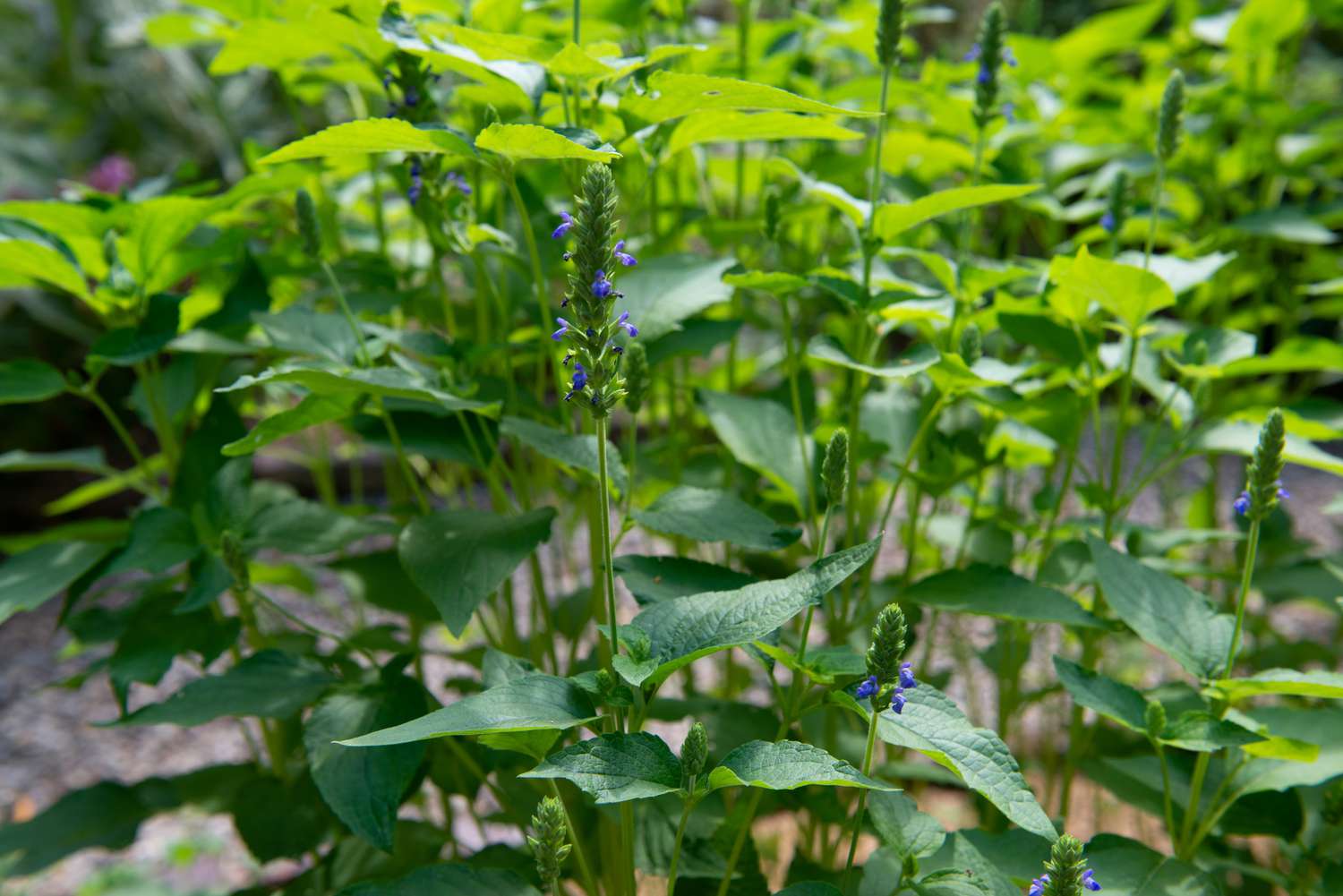

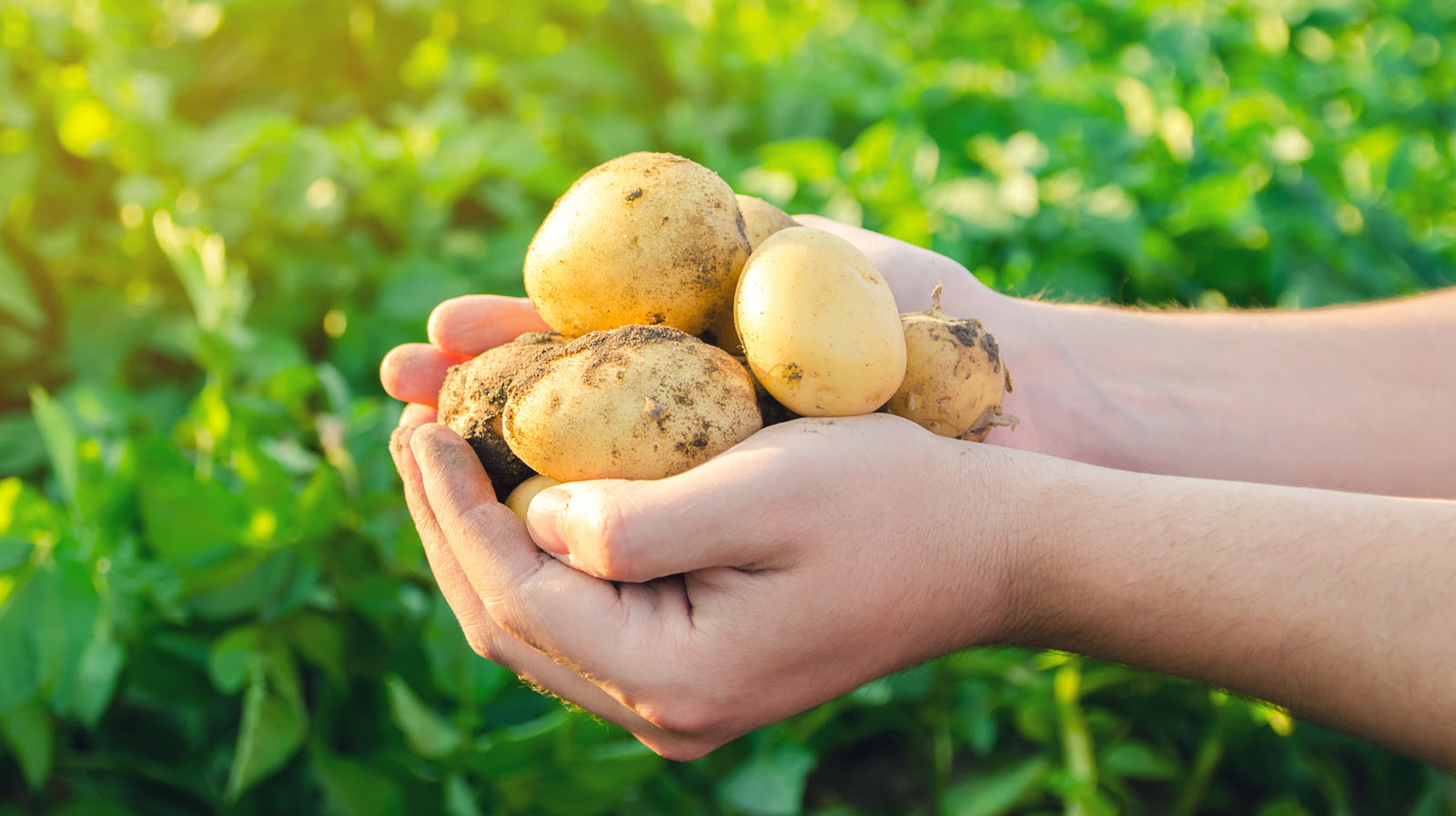
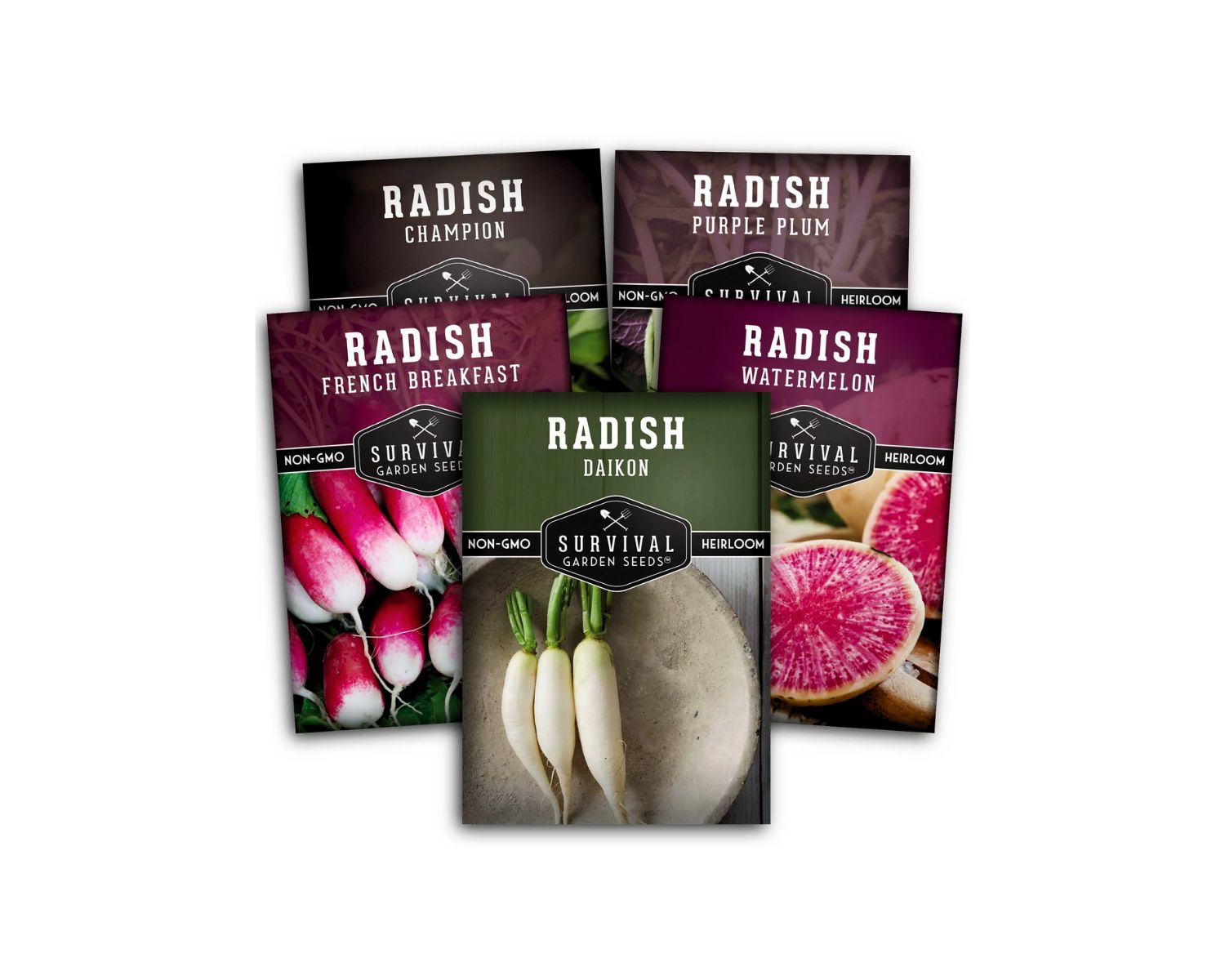
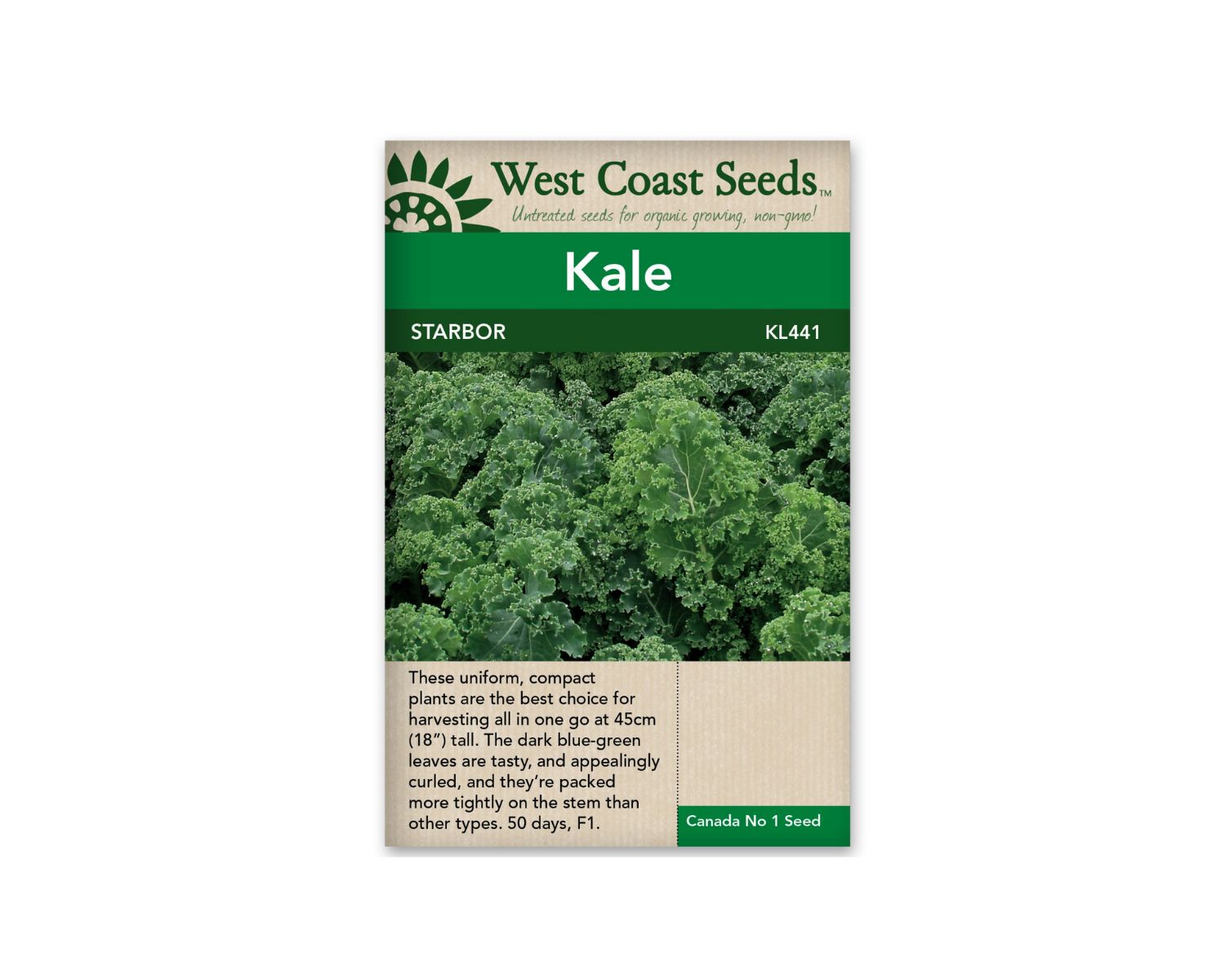

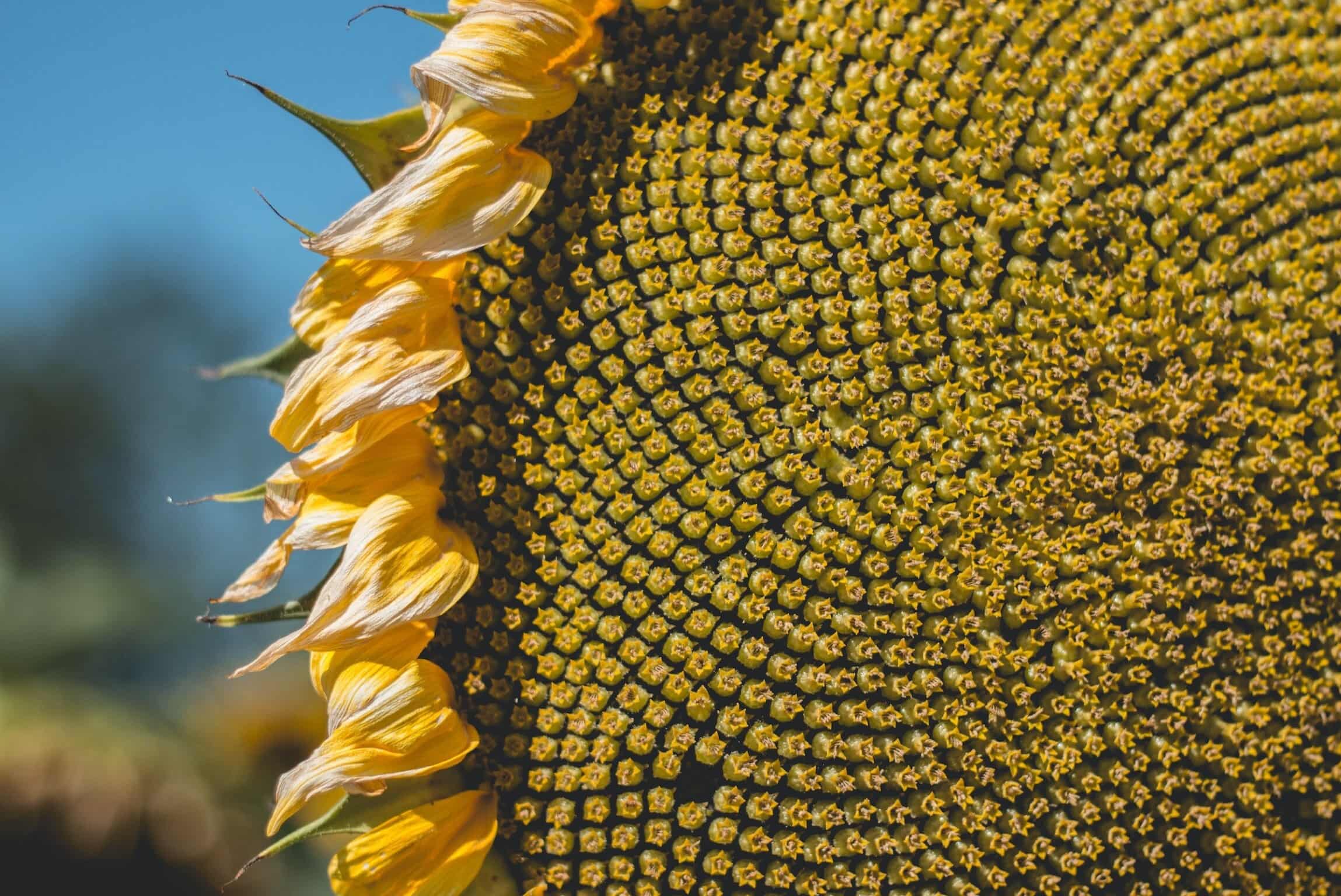
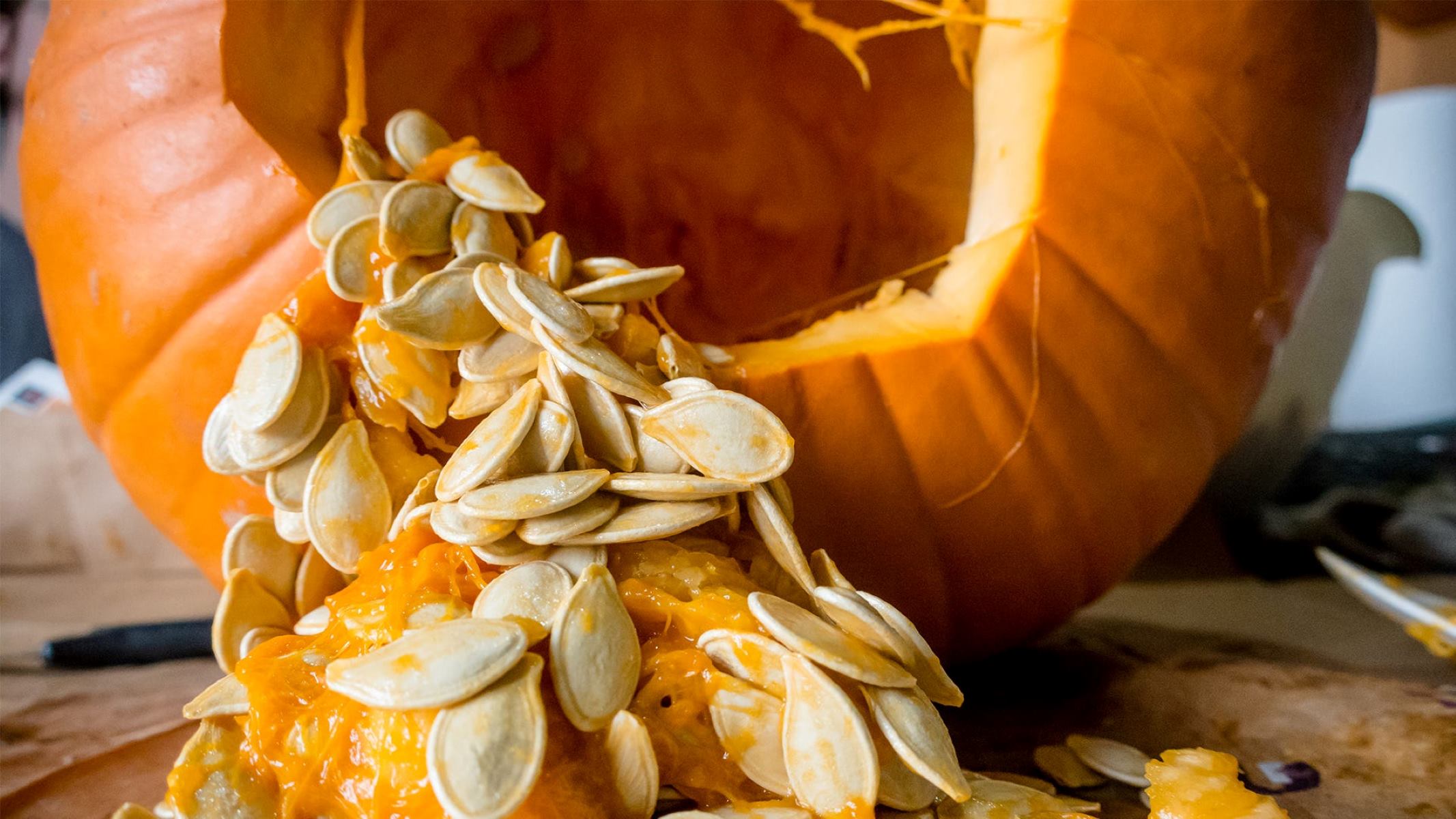
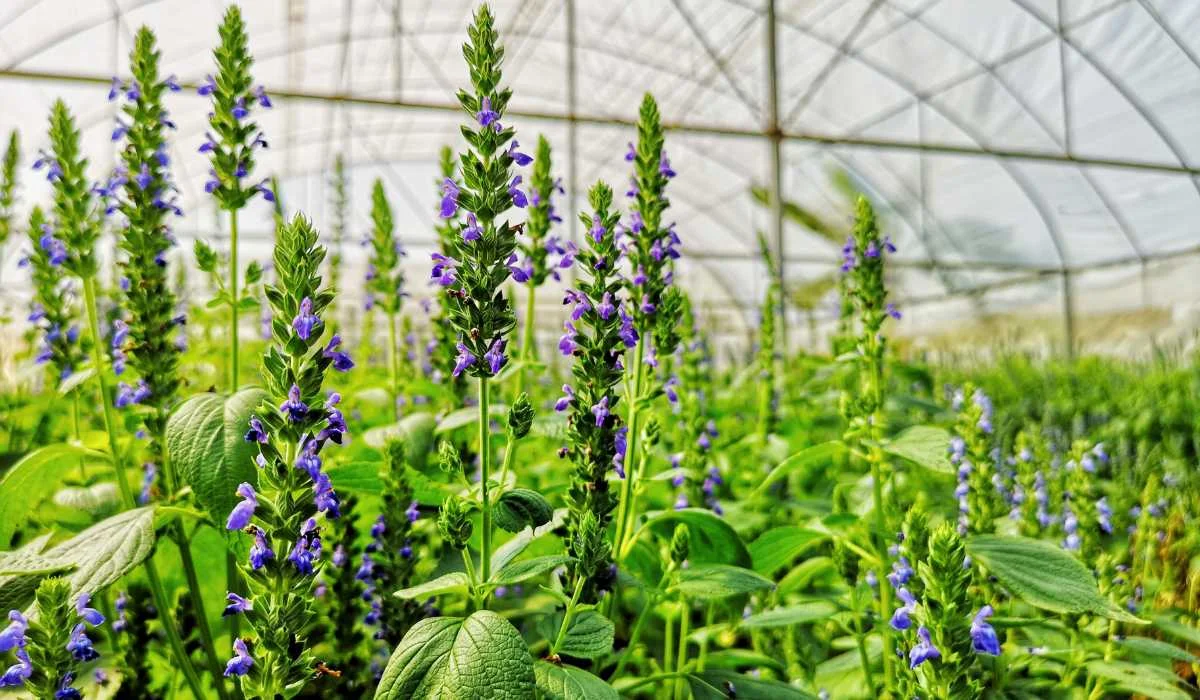
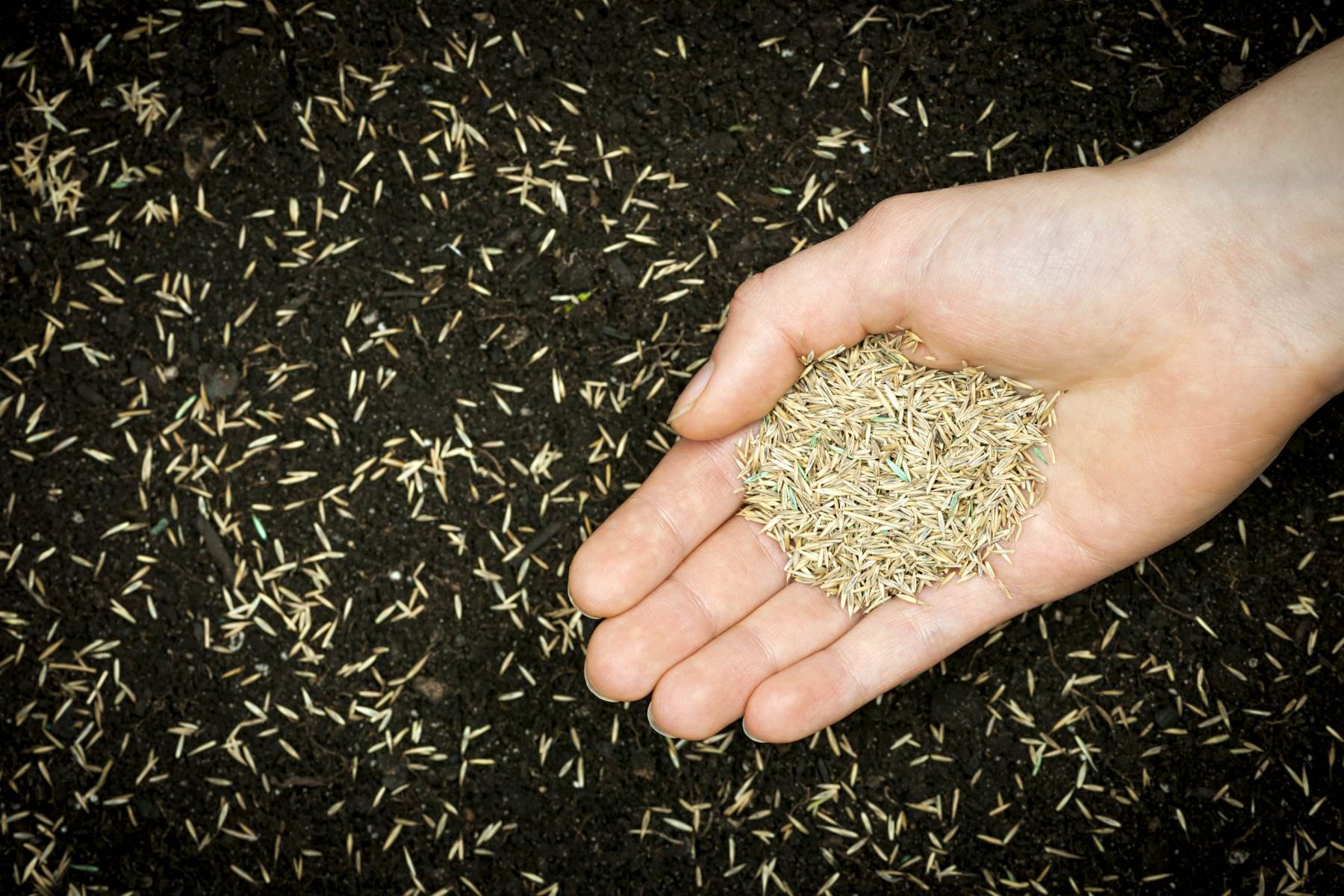
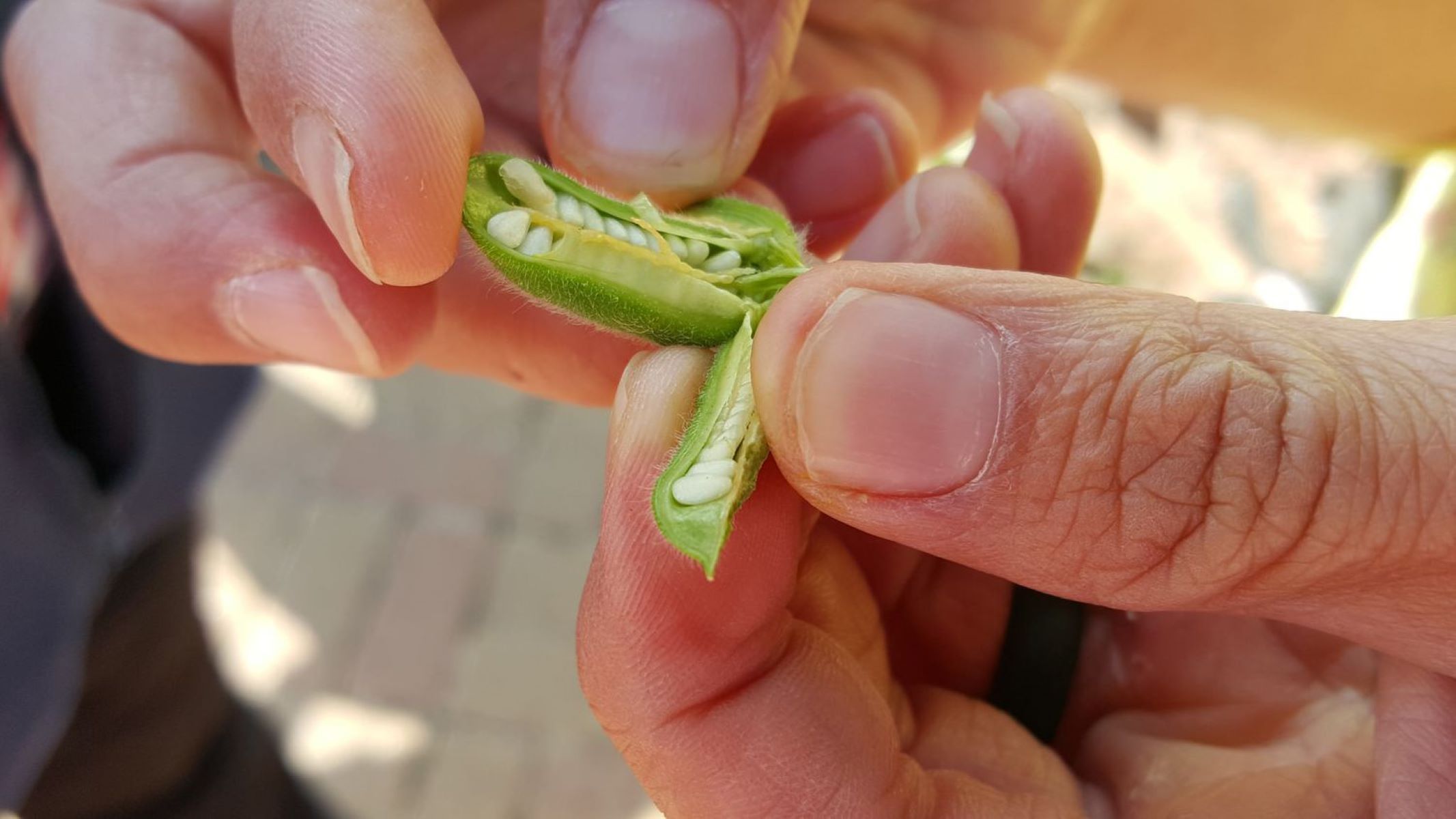
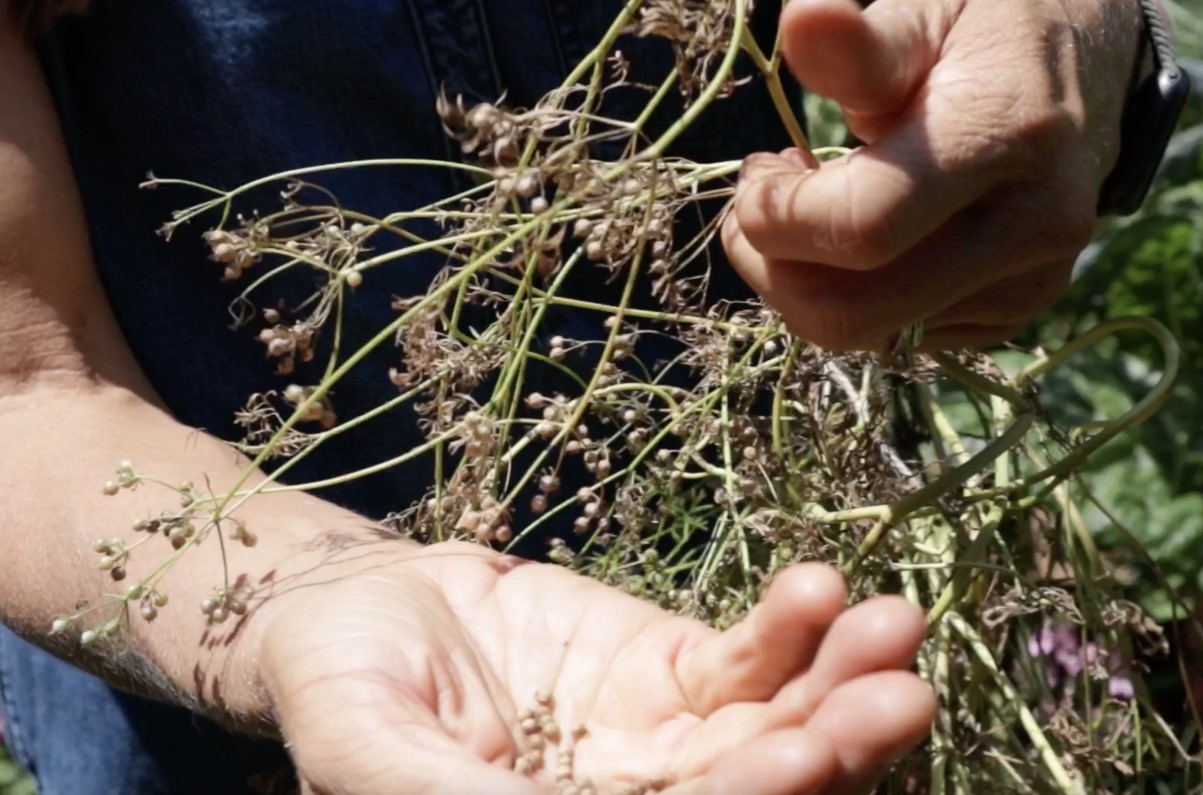



0 thoughts on “Where Does Cumin Seed Come From”